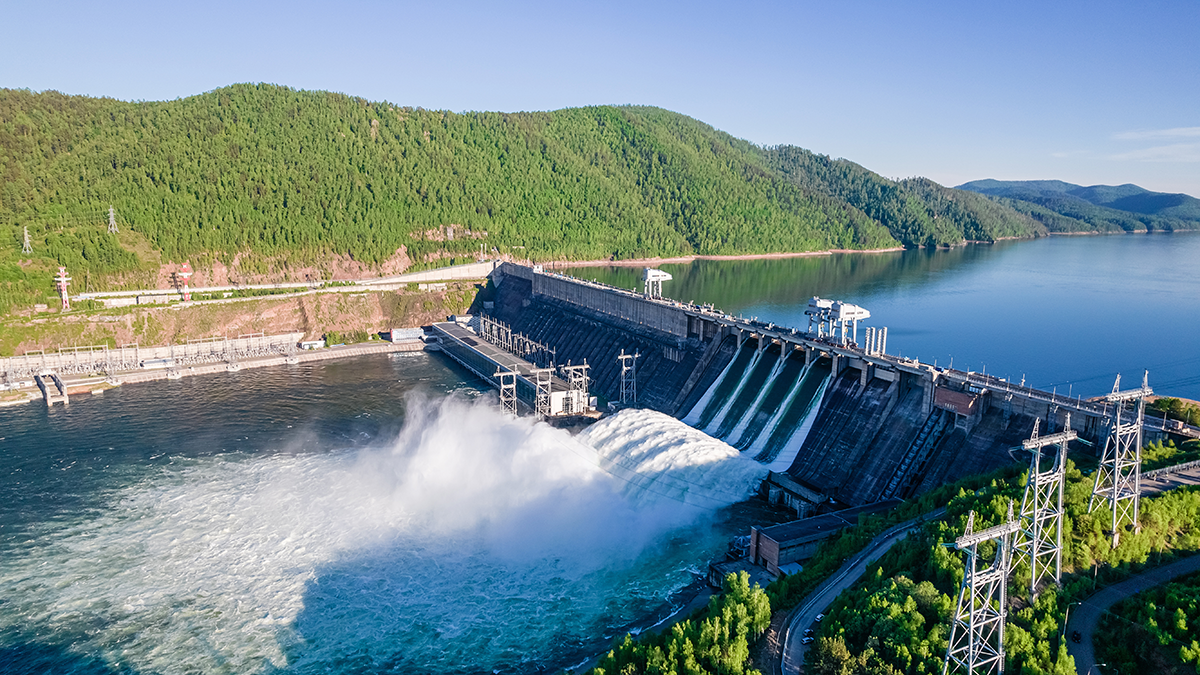India, a country with diverse geographies and climates, has long relied on large dams as the cornerstone of its water management strategy. With over 5,700 large dams and hundreds more under construction, the focus on dam-based infrastructure has been dominant for decades. While these massive structures were originally intended to provide irrigation, flood control, hydroelectric power, and drinking water, the sustainability and effectiveness of this approach are now under serious scrutiny.
In this article, we explore why India needs to urgently reconsider its dam-heavy water policy and shift toward more balanced, inclusive, and ecologically sound alternatives.
1. Environmental Degradation and Loss of Ecosystems
Large dams have caused extensive ecological damage across India’s river systems:
-
Disruption of Natural River Flow: Dams alter the natural flow of rivers, reducing their capacity to flush out sediments and pollutants, ultimately damaging aquatic habitats.
-
Destruction of Forests and Biodiversity: Dam reservoirs submerge vast tracts of forests, leading to the loss of rare flora and fauna. The Narmada Valley and Tehri Dam projects are stark examples.
-
Impact on Wetlands and Estuaries: The reduction in downstream water flow harms wetlands, estuaries, and mangrove ecosystems, which are crucial for biodiversity and climate resilience.
The environmental costs of these projects far outweigh their benefits in many cases, urging policymakers to explore eco-sensitive water management practices.
2. Displacement and Social Injustice
India’s dam-centric policy has triggered widespread displacement and socio-economic hardship:
-
Millions Displaced: According to some estimates, more than 40 million people have been displaced by dams in India since independence. A large portion of these are from tribal and rural communities, whose rights are often ignored.
-
Inadequate Rehabilitation: The compensation and rehabilitation policies are poorly implemented, leaving displaced families in poverty, without access to basic resources or livelihoods.
-
Loss of Cultural Identity: Dams flood ancestral lands and displace entire communities, erasing centuries of cultural and spiritual heritage.
A just and equitable water policy must prioritize the rights of vulnerable populations and include them in decision-making processes.
3. Declining Efficiency and Siltation
Many of India’s older dams are now losing their utility:
-
Siltation Reduces Storage Capacity: Over the decades, silt accumulates in dam reservoirs, drastically reducing their capacity to store water. Studies show that many dams are functioning at less than 50% of their intended capacity.
-
Aging Infrastructure: Several dams are nearing the end of their design lifespan and pose serious safety risks due to structural weaknesses.
-
High Maintenance Costs: The costs of repairing and maintaining dams are rising, while the return on investment is declining—making them economically inefficient.
Rather than continuing to build new dams, India must invest in modernizing existing ones and improving water use efficiency.
4. Water Scarcity Despite Abundant Infrastructure
Ironically, despite thousands of dams, India continues to face chronic water scarcity:
-
Inefficient Water Distribution: Most water from dams goes to a small number of regions and crops, especially sugarcane and rice, which are water-intensive and not suitable for arid zones.
-
Urban-Rural Divide: Dams often prioritize urban and industrial consumption, while rural areas remain under-served, creating inequalities.
-
Groundwater Depletion: Over-reliance on surface water has encouraged unchecked groundwater extraction, worsening the water crisis.
A sustainable water strategy must focus on demand-side management, not just supply-side construction.
5. Climate Change and Unpredictable Rainfall
India’s climate is becoming increasingly unpredictable, making large dams vulnerable to both droughts and floods:
-
Erratic Monsoons: Dam-based systems depend on consistent monsoon rains. In years of poor rainfall, reservoirs remain dry, disrupting agriculture and power supply.
-
Sudden Releases Cause Floods: In times of excessive rainfall, emergency releases from dams can cause devastating downstream floods, as seen in Kerala (2018) and Uttarakhand.
-
Changing River Behavior: Climate change affects river flow patterns, making traditional dam designs obsolete.
Flexible and adaptive water management models are needed to address 21st-century climate challenges.
6. Need for Decentralized and Nature-Based Solutions
Instead of relying solely on large dams, India should adopt alternative, decentralized approaches:
-
Rainwater Harvesting: This traditional method can recharge aquifers and meet local water needs sustainably.
-
Check Dams and Percolation Tanks: Small, cost-effective structures that promote groundwater recharge in rural areas.
-
River Rejuvenation: Protecting river catchments, wetlands, and natural water channels to restore their self-regulating hydrological cycles.
-
Urban Water Conservation: Promoting water-sensitive urban design, greywater recycling, and leak-proof infrastructure in cities.
These alternatives are not only more cost-effective and equitable, but also help create water security at the grassroots level.
7. Policy Reform and Community Involvement
India’s water governance needs to be reformed and democratized:
-
Participatory Planning: Communities should be actively involved in decisions about water use and infrastructure development.
-
Transparent Environmental Assessments: Environmental Impact Assessments (EIAs) must be conducted independently and made publicly available.
-
Integrated Water Resource Management (IWRM): A holistic approach that integrates surface water, groundwater, agriculture, and ecosystem health into one policy framework.
This inclusive model can help India move towards sustainable water governance that respects both people and nature.
Conclusion
India’s current dam-heavy water policy has reached its limits. It has led to irreversible environmental damage, social displacement, declining efficiency, and water insecurity. As climate change accelerates and populations grow, it is no longer viable to rely on outdated, centralized water infrastructure.
What India needs is a visionary, inclusive, and eco-sensitive water strategy—one that balances human needs with ecological preservation and shifts from concrete-heavy projects to nature-based, decentralized solutions.

